10 Most Dangerous Highways in the U.S: Is Your Daily Commute on This List?
Driving on America’s highways is a daily activity for millions of people, but not all roads are created equal. While the U.S. boasts one of the most developed transportation systems in the world, it also has some of the deadliest roads.
If you’re planning a road trip or just your daily commute, it’s important to know which highways to be extra cautious on. According to the National Highway Traffic Safety Administration (NHTSA), the U.S. saw a significant increase in traffic fatalities in recent years, and certain roads stand out for their high rates of accidents and deaths.
In this article, we’ll dive into the 10 most dangerous roads in the U.S. and explore why they pose such a threat to drivers.
The Most Dangerous Roads in the U.S.
America’s highways span thousands of miles across diverse landscapes, from icy mountains to bustling urban centers. Yet, some highways have earned a notorious reputation for being particularly hazardous. Based on the latest Fatality Analysis Reporting System (FARS) data, these are the top 10 most dangerous roads in the U.S.
1. Interstate 95 (I-95)
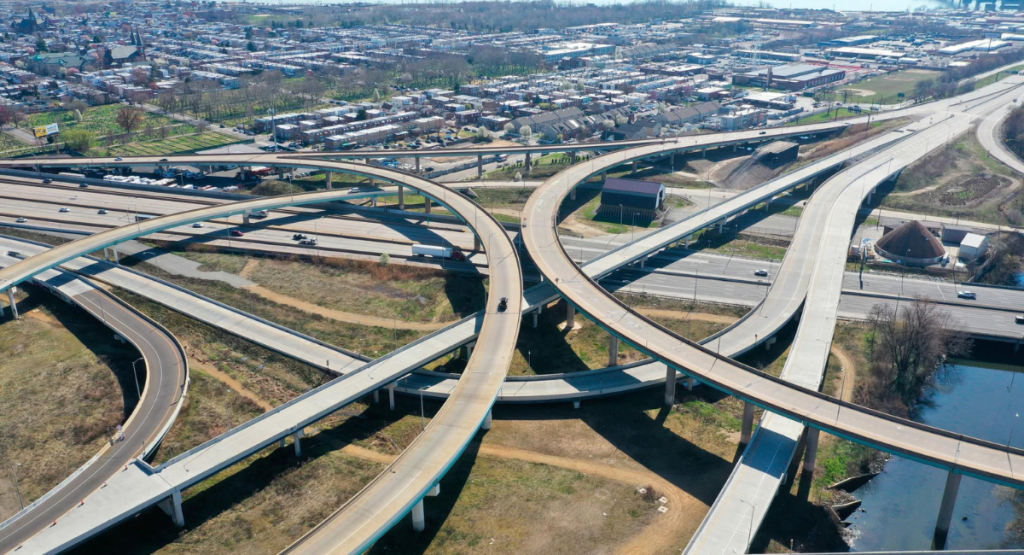
Interstate 95 tops the list as the deadliest highway in the U.S. Stretching from Miami, Florida, to Maine, this major thoroughfare is vital for north-south travel along the East Coast. In 2019, I-95 recorded the highest number of fatalities at 284 and a fatality rate of 14.88 deaths per 100 miles. While icy winter conditions in the northeast contribute to its dangerous nature, the high volume of traffic in places like Florida adds to the risks. From Jacksonville to Brevard County, drivers face treacherous conditions due to congestion and unpredictable weather.
2. Interstate 20 (I-20)
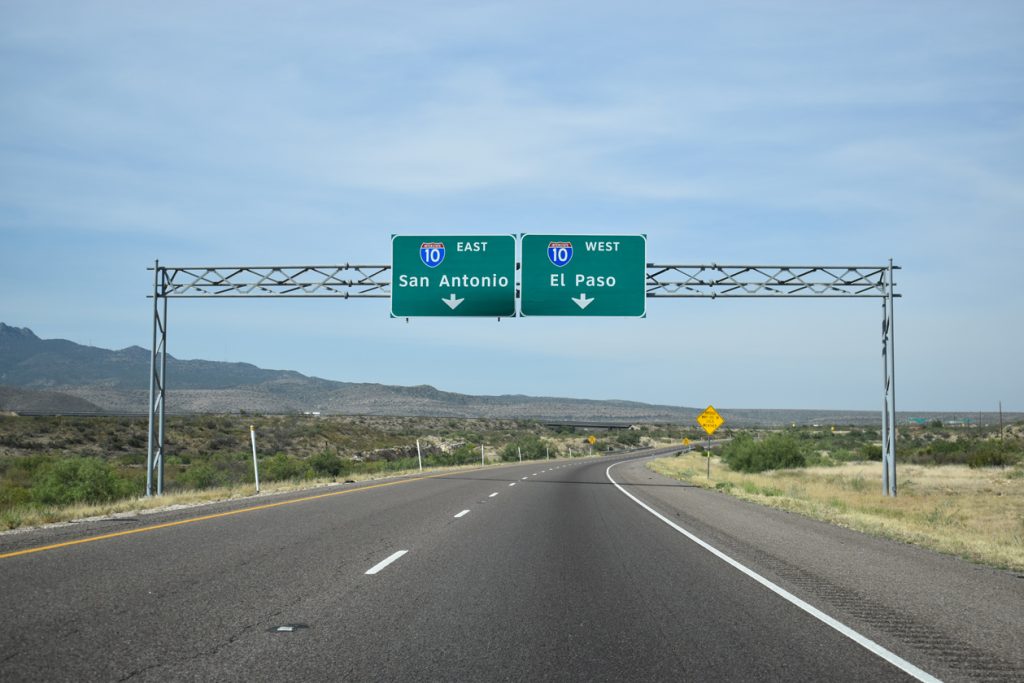
Despite being one of the shorter highways on this list, I-20 is particularly dangerous. Spanning from Texas to South Carolina, this highway cuts through densely populated areas like Dallas, Texas, and Atlanta, Georgia. In 2019, I-20 witnessed 208 fatalities, with a fatality rate of 13.52 per 100 miles. The combination of high traffic, fast-moving vehicles, and varying weather conditions make this highway one to be cautious on.
Must Read: Top 10 Biggest Malls in America – See Which New York Malls Made the List!
3. Interstate 5 (I-5)
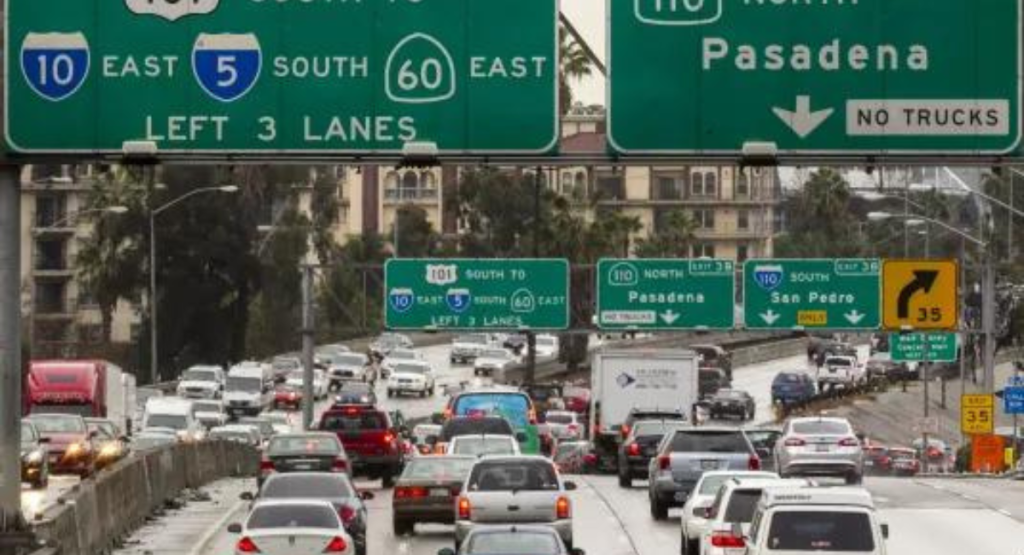
Running parallel to the Pacific Coast, I-5 stretches over 1,300 miles and passes through some of California’s busiest areas. In 2019, this highway saw 186 fatalities, many of which occurred in heavily populated counties such as Sacramento, Los Angeles, and San Diego. The frequent presence of large trucks on this route also heightens the risk of accidents, particularly for drivers of smaller vehicles.
4. Interstate 75 (I-75)
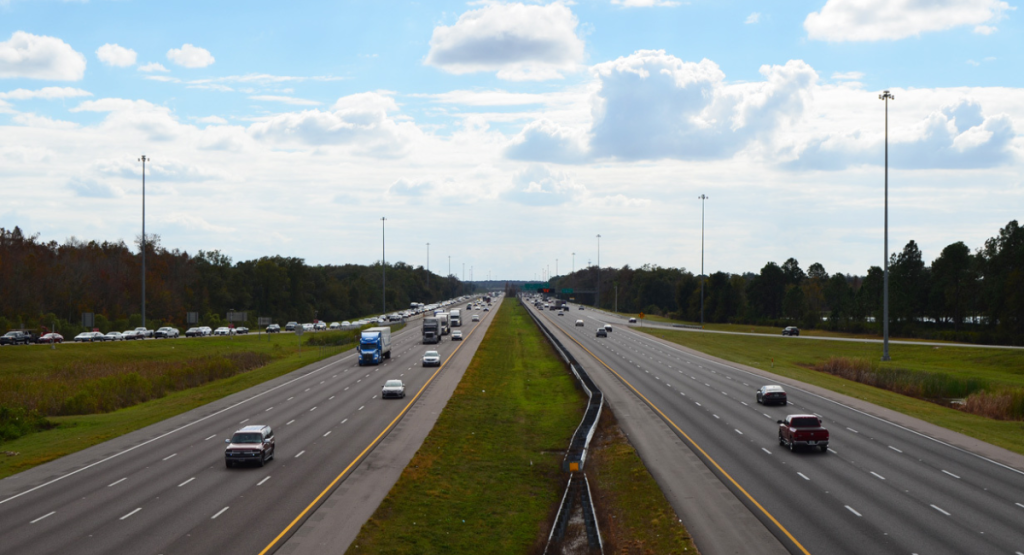
I-75 runs from Michigan to Florida, cutting through the Midwest and the Gulf Coast. Known for dangerous winter driving conditions in the north and congested tourist areas in the south, I-75 recorded 237 fatalities in 2019. In Michigan, icy roads create hazardous driving conditions, while in Florida, areas like Tampa and Sarasota are known for high accident rates due to traffic congestion and reckless driving.
5. Interstate 35 (I-35)
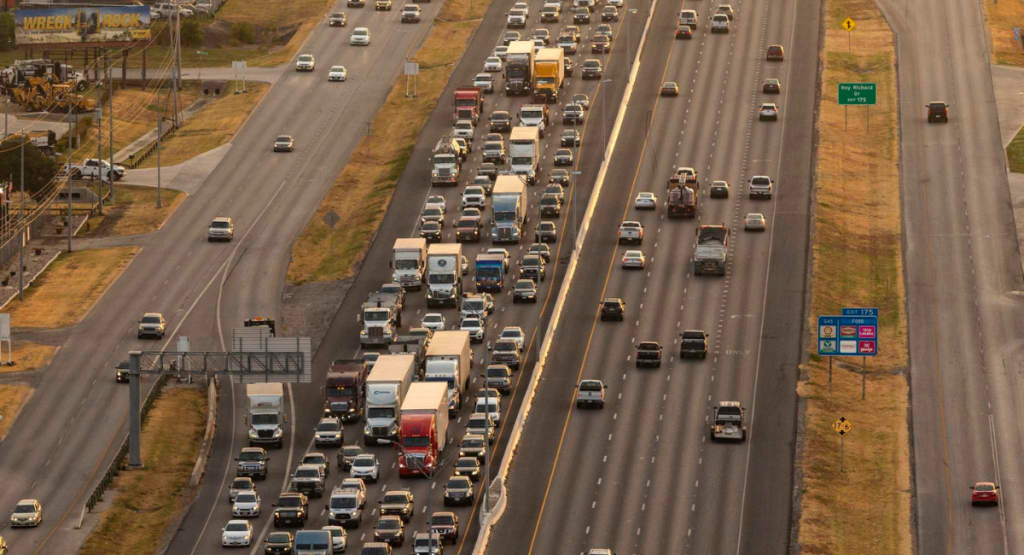
Spanning from the Mexican border in Texas to Minnesota, I-35 is one of the main north-south highways in the central U.S. With 197 fatalities in 2019 and a fatality rate of 12.56 per 100 miles, this highway is especially dangerous around major Texas cities like Dallas, Austin, and San Antonio. The high number of trucks and the congestion in these cities increase the risk of fatal accidents.
10 deadliest highways in the U.S.
| Highway | 2019 Fatalities | Fatalities per 100 miles |
|---|---|---|
| 1. I-95 | 284 | 14.88 |
| 2. I-20 | 208 | 13.52 |
| 3. I-5 | 186 | 13.47 |
| 4. I-75 | 237 | 13.27 |
| 5. I-35 | 197 | 12.56 |
| 6. I-15 | 158 | 11.02 |
| 7. I-40 | 253 | 9.89 |
| 8. I-70 | 158 | 7.35 |
| 9. I-80 | 209 | 7.21 |
| 10. US-41 | 141 | 7.02 |
6. Interstate 15 (I-15)
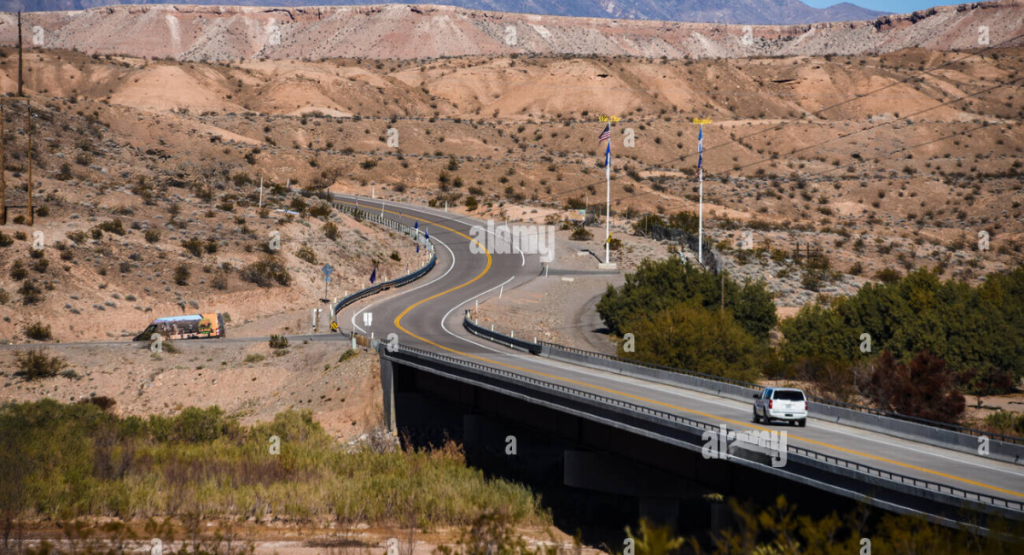
Stretching from Southern California to Montana, I-15 is a vital route for travelers in the western U.S. However, its sections near Las Vegas and Salt Lake City are particularly hazardous. With 158 fatalities in 2019 and a fatality rate of 11.02 per 100 miles, I-15’s dangers are heightened by the desert terrain and long stretches of isolated road, where driver fatigue is common.
7. Interstate 40 (I-40)
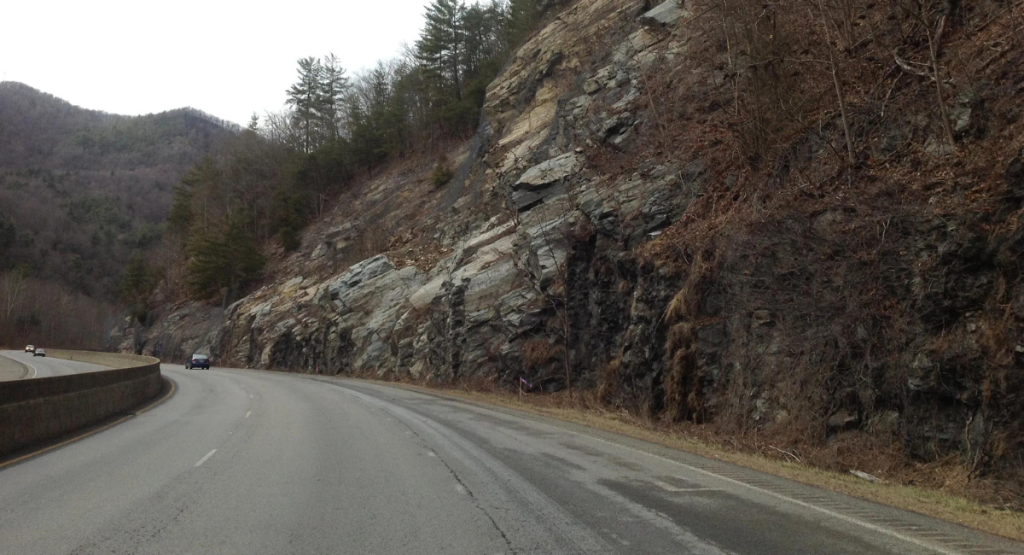
I-40 cuts across the southern U.S., spanning from California to North Carolina. While it’s a vital route for cross-country travel, it also ranks as one of the deadliest highways, with 253 fatalities in 2019. Much of the danger lies in the long, open stretches in states like Arizona and New Mexico, where drivers often speed and become fatigued.
8. Interstate 70 (I-70)
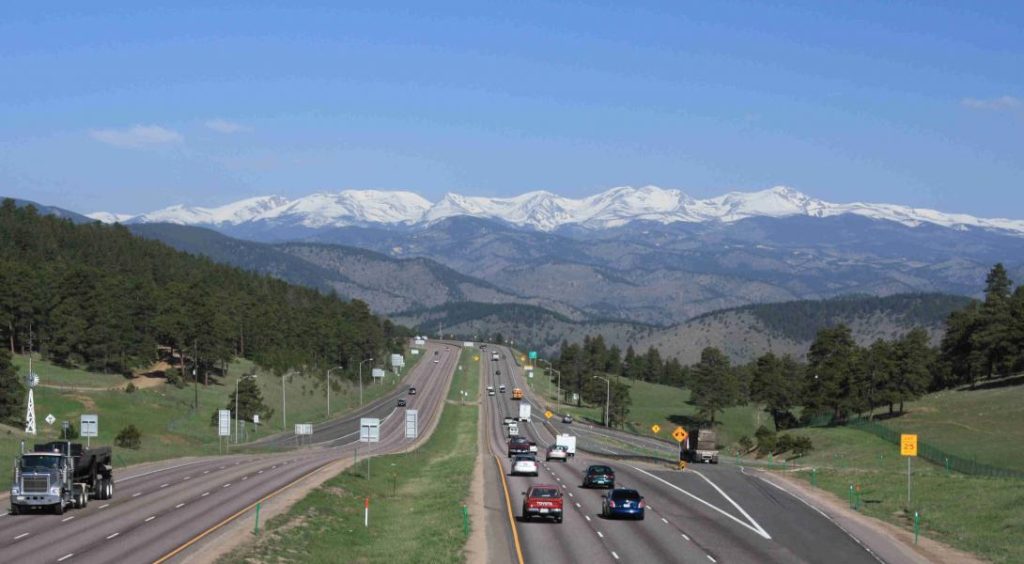
I-70 runs from Utah to Maryland, and while it’s a major artery for the central U.S., it has its fair share of dangers. In 2019, I-70 saw 158 fatalities, with winter weather in the Rockies contributing significantly to the highway’s risks. Heavy snow, icy roads, and steep mountain passes make driving on I-70 particularly perilous during the winter months.
9. Interstate 80 (I-80)
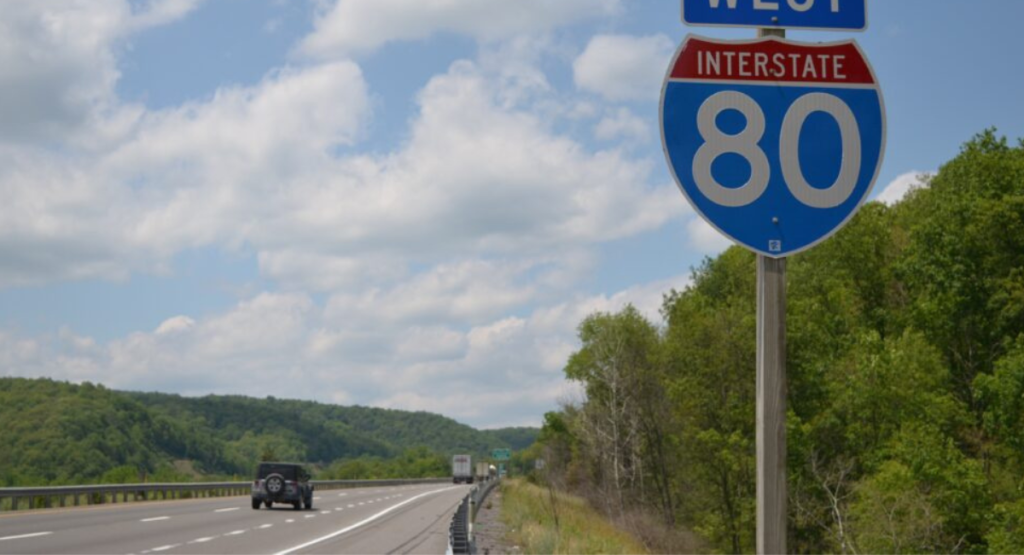
Another cross-country highway, I-80 stretches from California to New Jersey. With 209 fatalities in 2019, it ranks as one of the deadliest highways, particularly in the rural stretches of Wyoming and Nebraska. In these areas, the lack of emergency services and harsh weather conditions can turn a minor accident into a fatal one.
10. U.S. Route 41
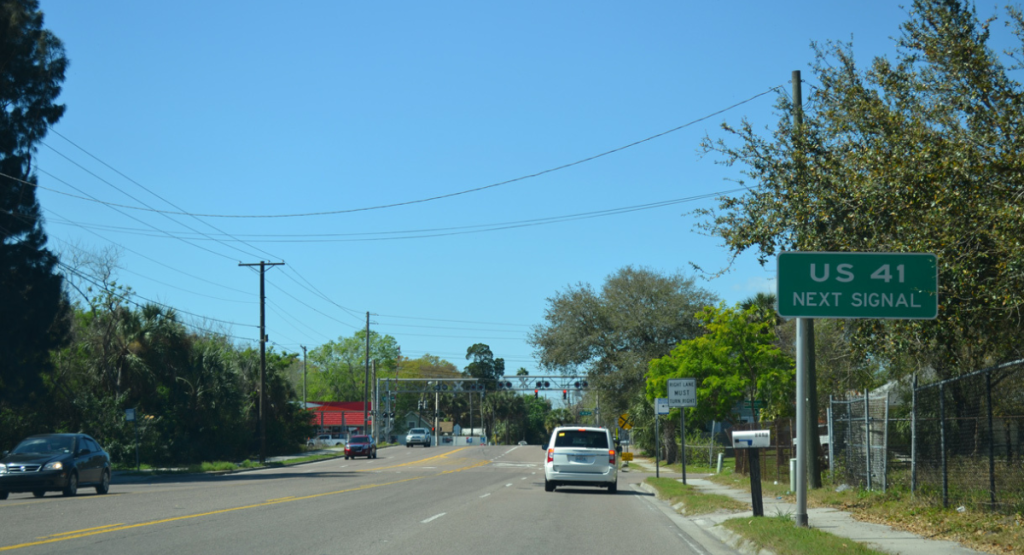
The only non-interstate highway on this list, U.S. Route 41 runs from Miami to Michigan. In 2019, it recorded 141 fatalities, making it one of the deadliest highways in the country. The highway’s route through busy urban areas, particularly in Florida, and its outdated infrastructure contribute to its high fatality rate.
Must Read: Top 10 Things Happening in the Capital Region This Weekend – Food, Fun, and Fall Foliage!
Why Are These Roads So Dangerous?
Several factors contribute to the dangers on these highways:
- Weather Conditions: Many of these highways pass through areas with extreme weather conditions, from icy roads in the north to rain-soaked highways in the south.
- High Traffic Volume: Highways like I-95 and I-20 are vital for both personal travel and commercial transportation, leading to heavy traffic, particularly in major cities.
- Driver Behavior: Speeding, distracted driving, and fatigue are common factors in accidents on these highways. I-35 and I-5, in particular, are frequented by long-haul truckers, increasing the risk of serious accidents.
- Infrastructure Challenges: Some highways, like U.S. Route 41, have outdated infrastructure, with narrow lanes and poor lighting in certain areas.
Safety Tips for Driving on Dangerous Roads
If you find yourself driving on one of these dangerous highways, follow these tips to stay safe:
- Stay Alert: Keep your attention on the road at all times. Avoid distractions like your phone or eating while driving.
- Plan Ahead: Check the weather and traffic conditions before hitting the road, especially during long trips.
- Obey Traffic Laws: Stick to the speed limit and avoid aggressive driving.
- Rest When Needed: Fatigue is a major contributor to accidents. If you’re feeling tired, pull over and take a break.
Conclusion
Driving is an essential part of life for most Americans, but it comes with risks. By staying informed about which highways are the most dangerous and practicing safe driving habits, you can reduce your chances of being involved in a fatal accident. Remember, being prepared and cautious can make all the difference when navigating America’s roads.

